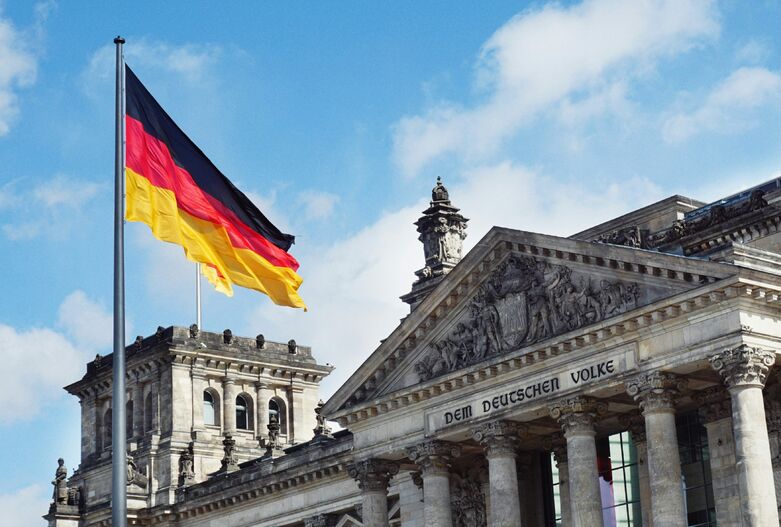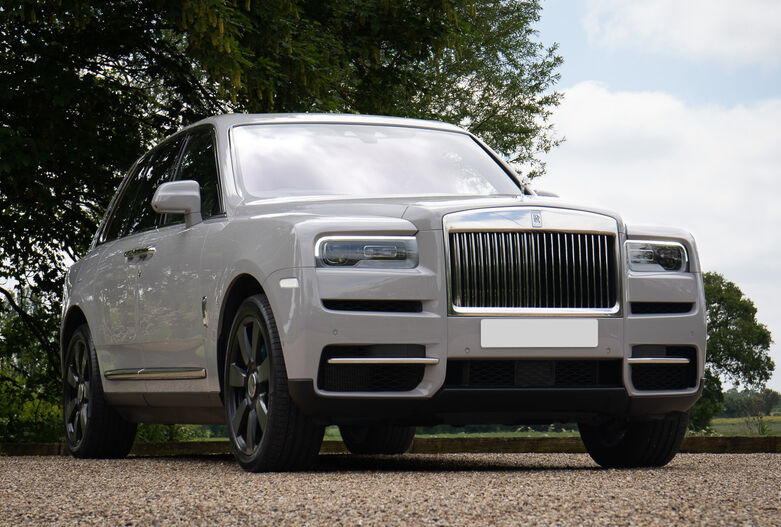Everything You Need To Know About Driving in Germany

Germany’s well-maintained roads and picturesque landscapes make it a fantastic destination for driving enthusiasts. However, to ensure a smooth and safe journey, it's crucial to be aware of the local driving laws. Here’s what you need to know before hitting the Autobahn.
1. Speed Limits and the Autobahn
Germany is renowned for its Autobahn, sections of which have no speed limits. However, this doesn’t mean you can drive recklessly. In urban areas, the speed limit is typically 50 km/h, while on rural roads, it’s 100 km/h. Always adhere to posted signs, as some parts of the Autobahn do have speed limits. Speed limits can be reduced in construction zones or areas with heavy traffic, and exceeding these can result in hefty fines.
While the absence of a speed limit on some sections of the Autobahn is alluring, it's essential to drive responsibly. Recommended speeds are posted, and driving too fast for certain conditions can be deemed negligent. Additionally, remember that the left lane is strictly for overtaking; lingering in this lane can frustrate other drivers and even lead to fines.
2. Right of Way and Priority
In Germany, vehicles from the right generally have the right of way unless otherwise indicated. This rule applies especially in urban areas where streets may not have clear markings. At roundabouts, the vehicles inside the roundabout have priority. Pay attention to ‘Yield’ signs (Vorfahrtszeichen) and always stop for pedestrians at zebra crossings.
Intersections can be tricky if you're not familiar with the right-of-way rules. Look out for diamond-shaped signs with a yellow centre, which indicate you have priority. Additionally, if you encounter an intersection with no signs, the rule of right before left applies.
3. Alcohol and Driving
Germany has strict laws regarding drunk driving. The legal blood alcohol limit is 0.05%, but for drivers with less than two years of experience and those under 21, the limit is 0.00%. Police conduct random breath tests, and refusing one can lead to automatic penalties.
Moreover, the consequences of drunk driving are severe. A first-time offence can result in a fine of several hundred euros, points on your driving record, and a possible licence suspension. Repeat offenders face even harsher penalties, including potential imprisonment.
4. Environmental Zones
Many German cities have Low Emission Zones (Umweltzonen) where only vehicles with a green emissions sticker are allowed. These stickers can be purchased online or at authorised service stations. Ensure your vehicle meets the necessary emissions standards to avoid fines.
These zones are designed to reduce pollution in densely populated areas. The green sticker indicates that your vehicle complies with the Euro 4 emissions standard or higher. Driving in these zones without a sticker can result in fines of up to €80. Check maps and signs to be aware of these zones, especially in major cities like Berlin, Munich, and Frankfurt.
5. Mobile Phones and Seat Belts
Using a mobile phone while driving is illegal unless you use a hands-free system. All passengers must wear seat belts, and children under 12 or shorter than 150 cm must use appropriate child seats. Fines for using a phone while driving start at €100 and can include points on your licence.
The law is stringent to ensure safety, as distracted driving is a major cause of accidents. Even holding your phone at a red light is prohibited. Seat belts are mandatory for all occupants, and the driver is responsible for ensuring everyone is buckled up.
6. Parking Regulations
Be mindful of parking restrictions, indicated by signs and markings. Blue zones require a parking disc (Parkscheibe) indicating your arrival time. Illegal parking can result in fines or towing.
Parking violations are taken seriously in Germany. In addition to fines, your car can be towed if it's obstructing traffic or parked in a restricted area. Pay close attention to parking signs, as they indicate specific rules and times. In cities, multi-storey car parks (Parkhäuser) are a convenient option, often offering safer and more secure parking.
7. Emergency Kit
It’s mandatory to have an emergency kit in your car, including a warning triangle, first aid kit, and high-visibility vests for all passengers. In case of a breakdown or accident, these items are crucial. Not having these items can result in a fine during a police check.
This regulation ensures that drivers are prepared for emergencies and can manage minor incidents without additional hazards. The warning triangle should be placed at a sufficient distance from your car to alert other drivers, while high-visibility vests ensure you're seen if you need to exit your vehicle on a busy road.
8. Toll Roads
While most of the Autobahn is toll-free for cars, some bridges and tunnels require a toll. Motorhomes and vehicles over 7.5 tonnes must use a toll system called ‘Maut’. These tolls are generally paid through an electronic system or at toll booths.
For regular cars, the main roads remain largely toll-free, making Germany a cost-effective country for road trips. However, it's wise to keep some cash or a card handy for those few toll areas you might encounter, particularly when crossing borders into neighbouring countries.
9. Documentation
Always carry your driving licence, vehicle registration, and proof of insurance. If you’re driving a rental car, ensure the paperwork is in order and includes permission to drive in Germany. Failure to present these documents during a police check can result in fines.
It's also advisable to have an international driving permit (IDP) if your licence is not from an EU country. Ensure your rental agreement allows cross-border travel if you plan to visit other countries during your trip. Keeping photocopies of important documents can be helpful in case of loss or theft.
10. Headlight Usage
In Germany, it’s mandatory to use dipped headlights during the day in poor visibility conditions, such as fog, rain, or snow. On motorways and rural roads, using headlights is recommended even during daylight for better visibility.
Driving with your lights on improves your visibility to other drivers and can prevent accidents. Failure to comply can result in fines. Additionally, always use fog lights appropriately; misuse can lead to penalties.
The Best Attractions to Visit in Germany
Germany is filled with historical sites, vibrant cities, and natural beauty. Here are three must-visit attractions to include in your road trip itinerary:
1. The Nurburgring
For motorsport enthusiasts, the Nurburgring is an absolute must-visit. Known as "The Green Hell," this iconic racetrack offers a unique experience for drivers. You can take your own car or rent one to drive on the famous Nordschleife, a 20.8-kilometre track renowned for its challenging layout and stunning scenery. Even if you’re not driving, the Nurburgring hosts various motorsport events and has a fascinating museum dedicated to its history. Before visiting, check out the driving regulations if you are interested in driving on the Nurburgring.
2. Neuschwanstein Castle
Located in Bavaria, Neuschwanstein Castle is one of the most photographed castles in the world. This fairy-tale castle, built by King Ludwig II, offers breathtaking views of the surrounding Alps and lush landscapes. The interior is equally impressive, with opulent rooms and stunning art. Guided tours are available, providing insight into the castle's history and the eccentric king who built it.
3. The Moselle Valley
The Moselle Valley is renowned for its winding roads, beautiful river views, and world-class vineyards. This region is perfect for a leisurely drive, with stops at picturesque villages such as Cochem and Bernkastel-Kues. The area is famous for its Riesling wines, and many wineries offer tastings and tours. The combination of scenic drives and wine-tasting makes this a delightful destination for motorists.
Familiarise yourself with these key German driving laws to avoid any legal issues. Enjoy the freedom of the open road and the beautiful German scenery, but always drive responsibly and within the law. Safe travels!
Header image credit: https://unsplash.com/photos/white-concrete-building-with-flags-on-top-under-blue-sky-during-daytime-HF-lFqdOMF8



